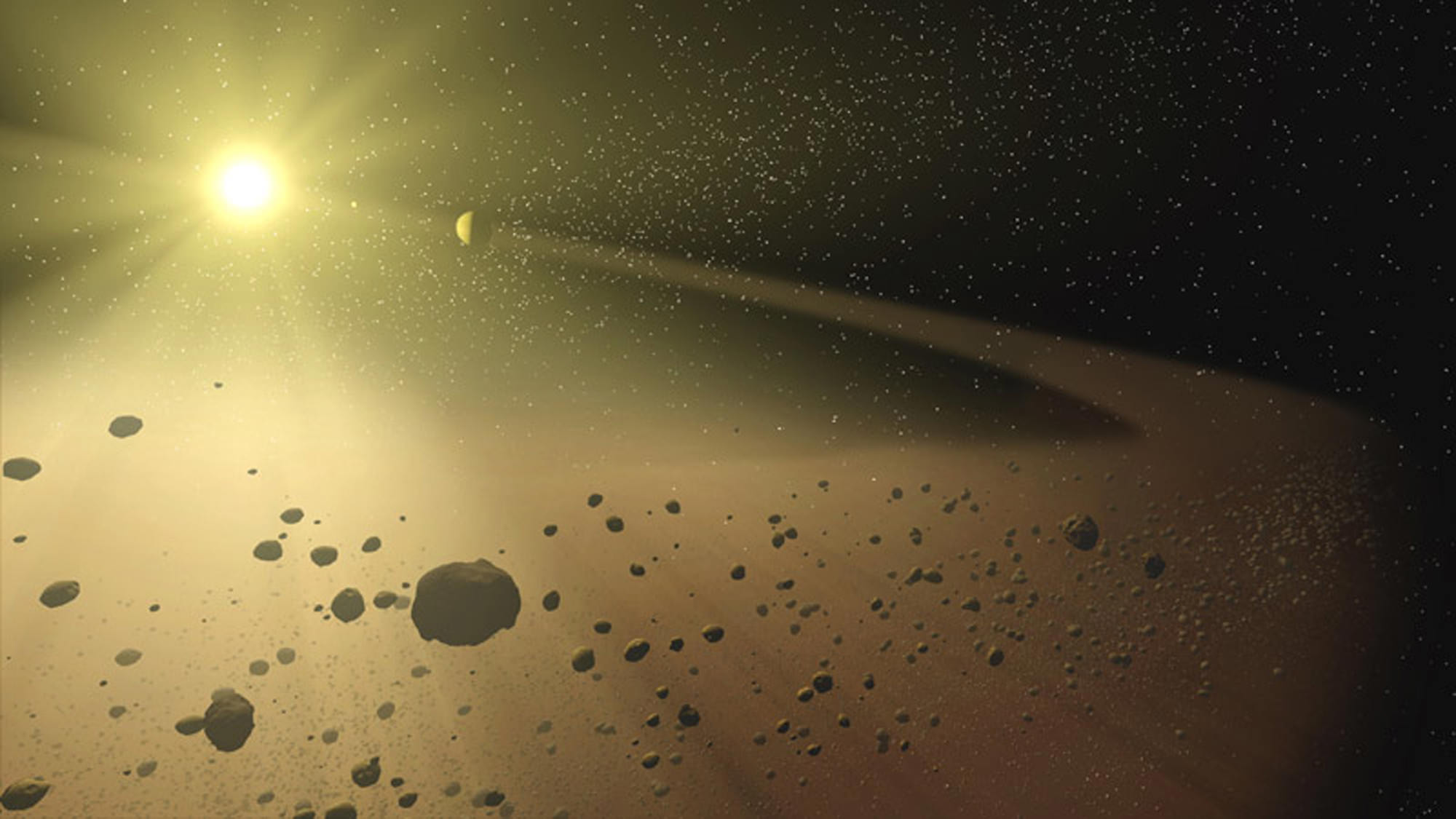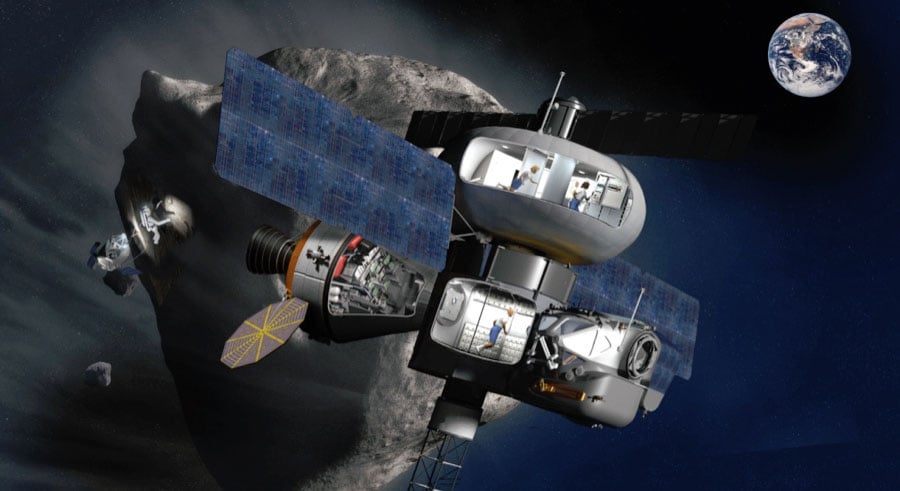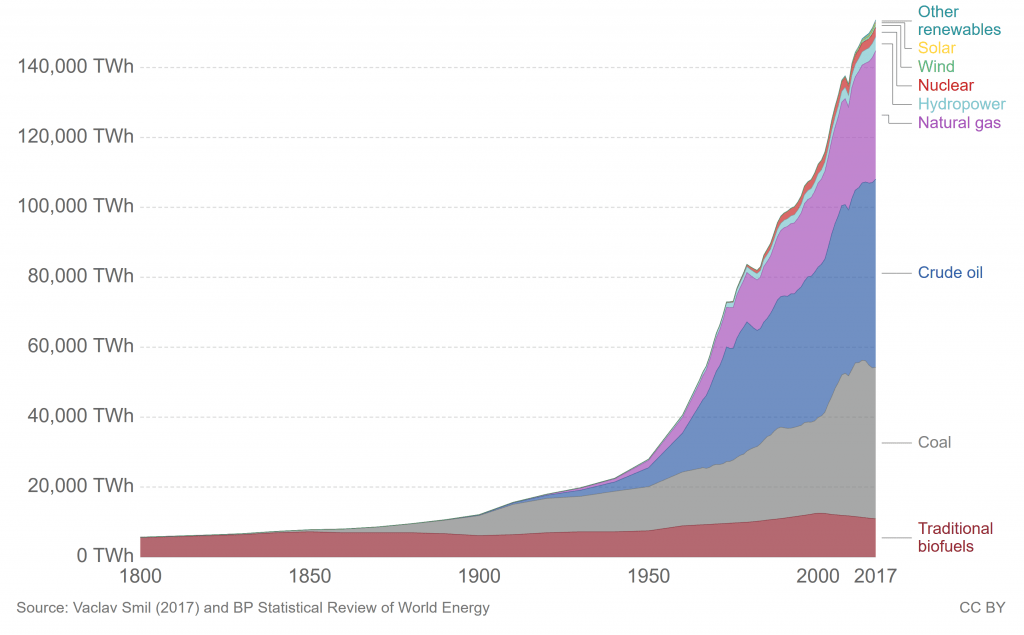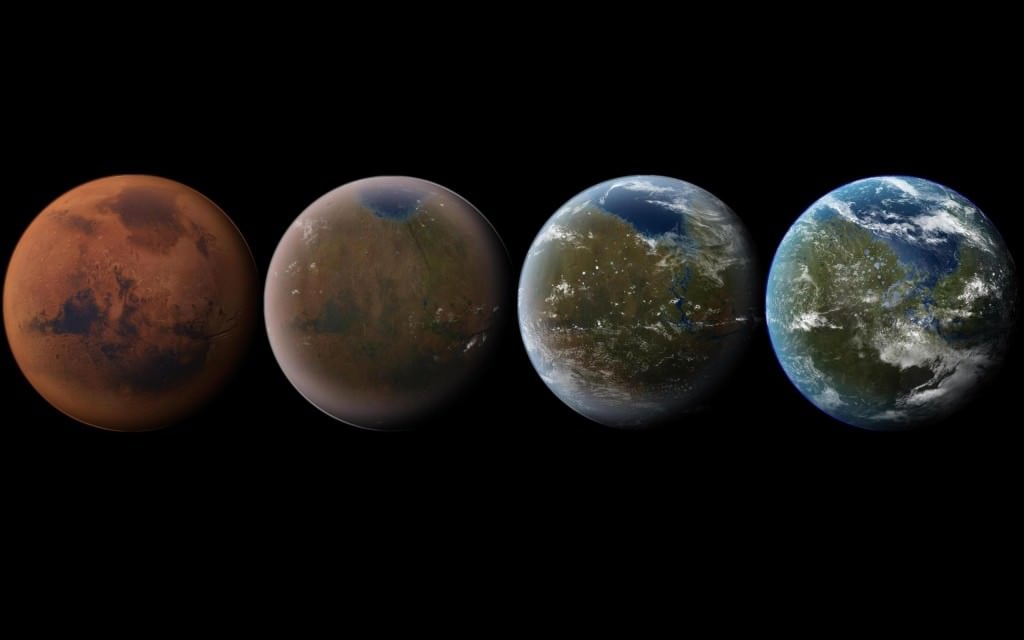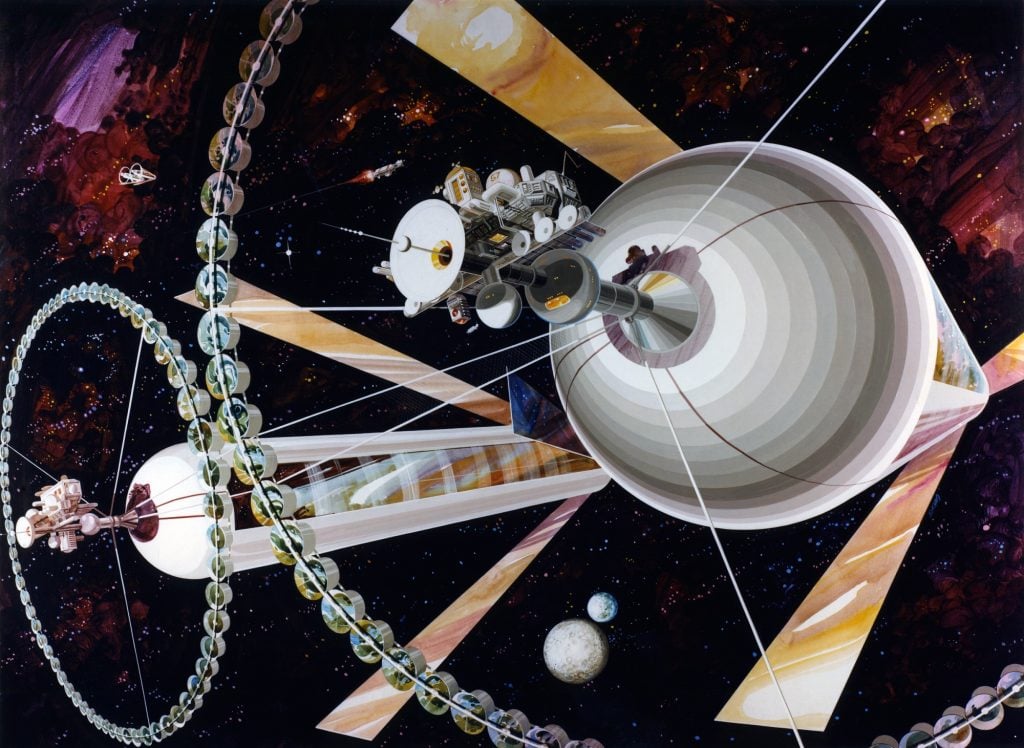There is no doubt that our world is in the midst of a climate crisis. Between increasing levels of carbon dioxide in our atmosphere, rising temperatures and sea levels, ocean acidification, species extinctions, waste production, diminishing supplies of fresh water, drought, severe weather, and all of the resulting fallout, the "Anthropocene" is not shaping up too well.
It is little wonder then why luminaries like Stephen Hawking, Buzz Aldrin, and Elon Musk believe that we must look off-world to ensure our survival. However, there are those who caution that in so doing, humans will simply shift our burdens onto new locations. Addressing this possibility, two distinguished researchers recently published a paper where they suggest that we should set aside "wilderness" spaces" in our Solar System today.
This paper, which recently appeared in the journal *Acta Astronautica* under the title " How much of the Solar System should we leave as Wilderness? ", was written by Dr. Martin Elvis and Dr. Tony Milligan. Whereas Dr. Elvis is the senior astrophysicist at the Harvard-Smithsonian Center for Astrophysics (CfA), Dr. Milligan is a teaching fellow in ethics and the philosophy of religion at King's College London.
For the sake of their study, Elvis and Milligan took the long view of human space endeavors and asked the fundamental question, "How much of the Solar System should be off-limits to human development?" Taking their cue from humanity's most pressing existential threats - overpopulation and climate change - the team recommended that limits be established now before exponential growth strips our System of its resources.
As Dr. Elvis explained to Universe Today via email, the inspiration for this study came from recent statements to the effect that the first trillionaires will be the people who exploits asteroid mining in the coming decades:
Another source of inspiration for the paper was modern human history. If one were to examine the past few centuries, one can see this exponential trend at work. Since the Industrial Revolution began in earnest in the 18th century, natural resource exploitation and populations have grown concurrently. In fact, between the year 1800 and 2000, the global population went from 1 billion to 6 billion.
Even more startling than the fact that this represents a sixfold increase in just two centuries (the largest population explosion in history) is the way the rate of increase has accelerated. While it took 120 years for Earth's population to go from 1 to 2 billion (between 1800 and 1920), it took just 33 years to add another billion (by 1960). The next three billion were added 14, 13, and 12 years later, respectively (by 1974, 1987 and 1999).
The same holds true for consumption. Looking at energy usage alone, humanity went from a global consumption of about 5650 terawatt-hours (TWh) in 1800 to over 150,000 TWh in 2017. So in the same amount of time it took for our population to increase by a factor of seven, energy consumption increased by a factor of thirty. Here we see yet another exponential trend, where resource consumption has grown in a way that vastly exceeds population growth.
In the coming decades, it is estimated that an additional 3 to 5 billion lives will be added to Earth's population. This will be happening at a time when the very systems we depend upon to feed, house, clothe and sustain ourselves will be undergoing drastic shifts thanks to climate change. For many, the solution is to look off-world for the necessary resources. But how long will these last?
"The shock of realizing that we could suddenly run up against the physical limits of the Solar System made us wonder how we could devise a warning bell," Dr. Elvis added. "Sounding a warning that we have used up 1/8 of the resources of the Solar System is about right, we reckon, because then we'll have just 3 doubling times till we are done. How long is a doubling time? Twenty years, at the growth rate we've been on for the past 200 years. That seemed like the minimum time needed to change a vast economy, a million times bigger than the world economy today."
Another important aspect of this study is the way it emphasizes how measures need to be taken sooner other than later. As Prof. Milligan explained to Universe Today via email, humanity is on the verge of a renaissance in space exploration. When you consider that we are not just considering going back to the Moon or exploring Mars, but actually creating permanent bases there, the need for a discussion on limits becomes much more clear. As Dr. Milligan told Universe Today via email:
Compared to Earth, billions of years of Martian history has been beautifully preserved in its many interesting surface features - alluvial fans, sedimentary deposits, lakebeds, etc. These tell the story of how Mars once had a warmer, wetter climate that changed drastically over the next 3.8 billion years. If humanity were to colonize there and begin altering the terrain (whether we're talking about mining and development or full-scale terraforming), these features could be lost forever.
In response, it has already been suggested that parts of Mars should be set aside as "planetary parks" to protect these characteristic features. However, as Prof. Milligan added, we also need to address the larger picture of overall resource exploitation and consider how certain methods of usage, and the kind of resources being used, could be traded off against each other.
"Interesting questions then arise, e.g. is it more important to protect Vesta or Ceres?" he said. "If we have to, should we sacrifice more of one in order to save more of the other? These are tough choices, so we need some sort of framework to get traction upon them."
Finally, there are the implications that this study and its recommendations could have. Assuming the various governments and private interests of the world can be compelled to come together in the near-future and hammer out a framework for development in space, then the establishing of "nature preserves" should definitely be factored in.
"We can build a space economy in a way that is geared for the long term, but if we don't think big and long term then major problems could arise," said Dr. Milligan. "We won't face the consequences, but somebody else will. Of course, there are going to be various different proposals about how we get the space economy geared for the long term. Discussions about what we should use, what we should protect from certain kinds of use, and how much we should simply leave alone. This is a contribution to that discussion."
For those who suspect that Dr. Elvis and Dr. Milligan have an "anti-development" agenda, the authors are clear that sticking to one-eighth of the Solar System will hardly hold anyone back. In the long run, it's simply a matter of ensuring that we give ourselves enough time to find new resources with which to feed our economy before exhausting the old.
On top of that, the authors make allowances for the possibility that technological advances could alter the situation down the road. However, until we know with some degree of confidence that humanity will not be limited to the Solar System someday, it is best not to be counting on future advances to save us. As Dr. Elvis summarized:
"We do allow all sorts of ways out of the problem, e.g. growth that stops being exponential with plenty of time left, would not pose the same problems," added Milligan. "And, of course, we are looking at the Solar System as a closed system. Not much in, not much out. Interstellar capabilities, and the capacity to draw upon materials from elsewhere, or simply to grow elsewhere, would also change matters. But we work with a precautionary principle: we can't just assume that futuristic technology will always be there when it's needed."
Planning for the next 500 years may seem a bit dramatic and excessive. But considering what has taken place in the last 500, it makes sense to come up with a framework for handling whataresure to be some very drastic changes. It is also not farfetched at all to assume that these changes will dwarf anything we've experienced in the past. Beyond that, as Milligan said, everything is pretty much the stuff science fiction!
*Further Reading: Acta Astronautica*
 Universe Today
Universe Today
